Overview: Hardware Definitions
Hotend Components
Nozzle
- Responsible for extruding molten plastic onto a heated surface.
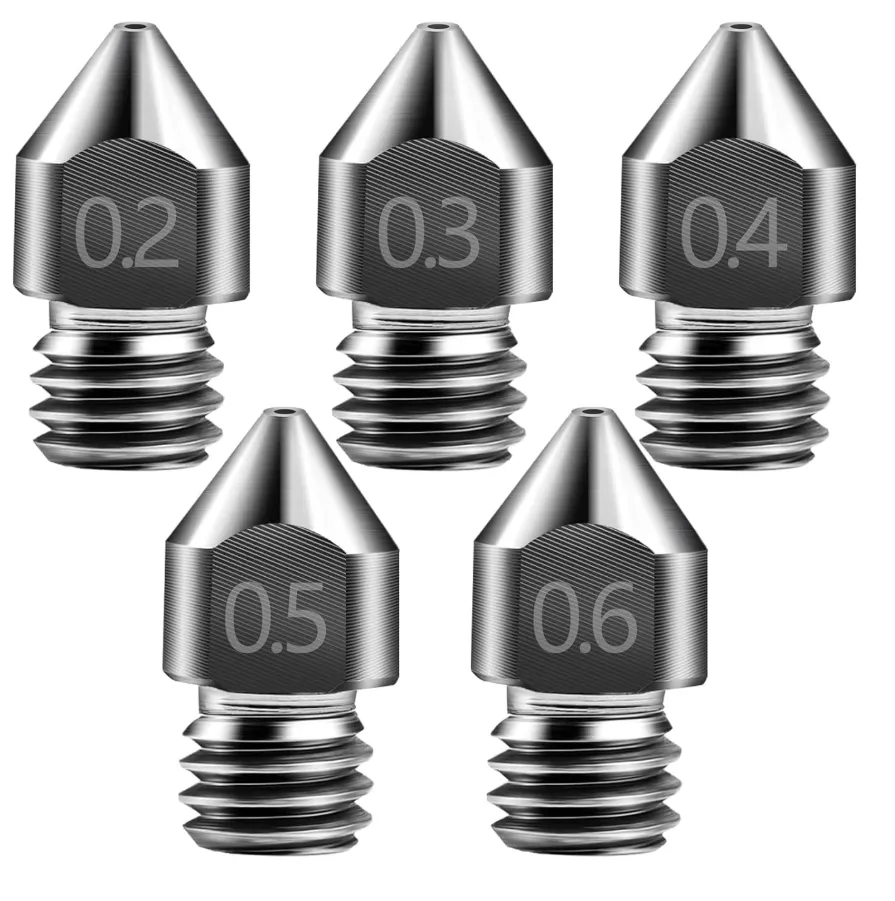
Nozzle Heating Element
A DC current-powered heating element.
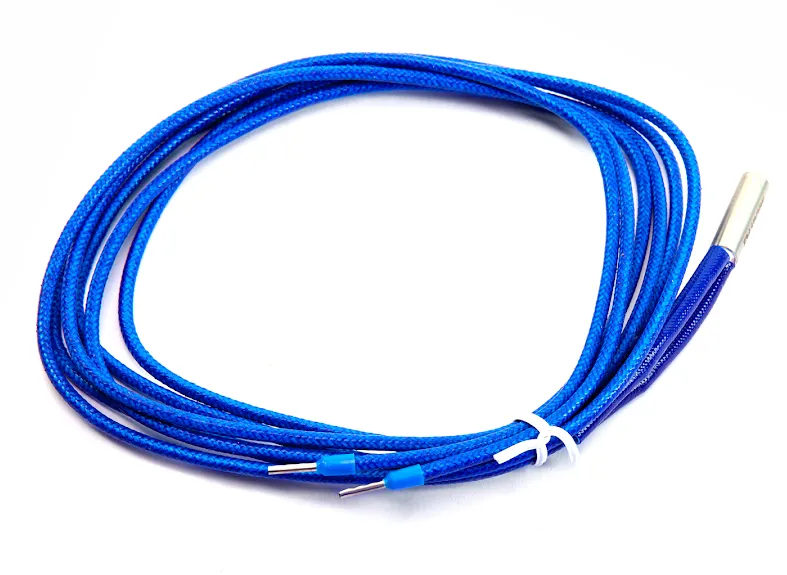
Cartridge style
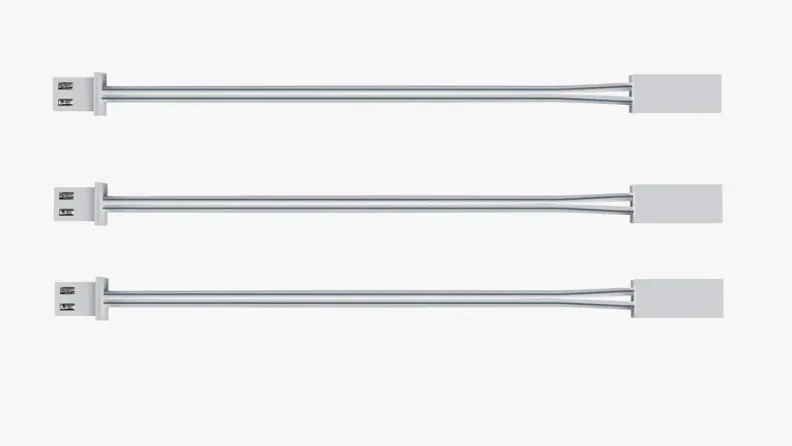
Ceramic style
Thermistor
- Reports the current temperature to the controller and ensures that the nozzle is heating as expected.
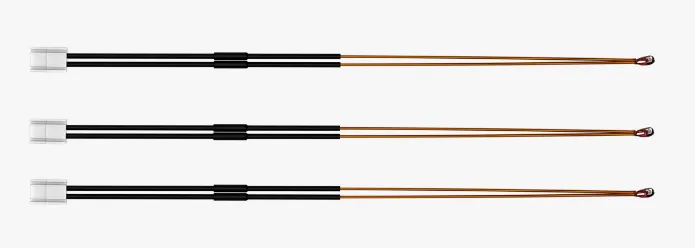
Thermal Runaway Protection
The thermistor is the most important safety component of an FFF 3D printer. All modern 3D printers have thermal runaway protection that will alert and shut down the printer. Thermal runaway occurs when a nozzle continues to receive power without raising the temperature as expected.
Heatbreak
- The heatbreak is the part of the nozzle where filament moves from a solid to molten plastic.
This is where the majority of extrusion issues occur. If the filament is heated too far past its transition point, it can melt too far up the heatbreak, resulting in a "jam".
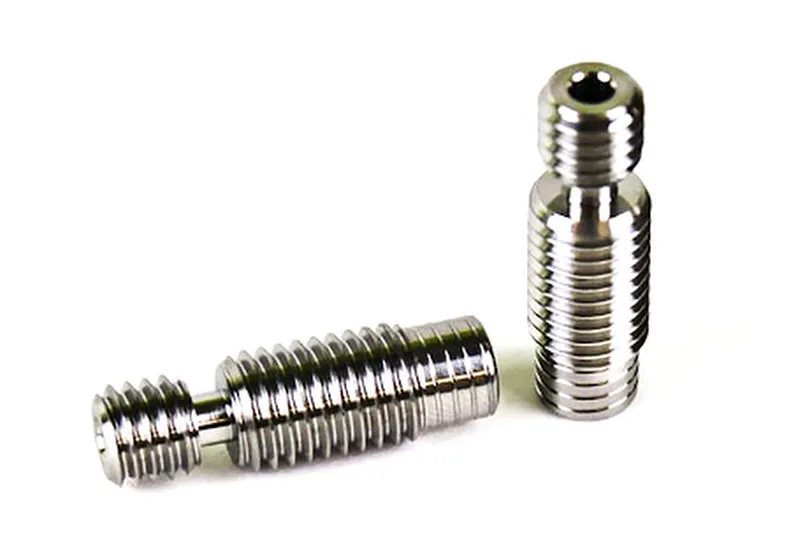
Heatsink
- An aluminum block meant to dissipate heat and keep the filament solid until it reaches the melt zone.

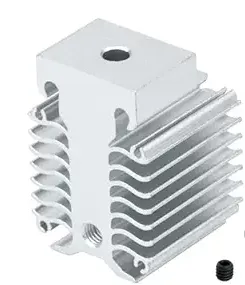
Hotend Cooling Fan
- Normally attached to the heatsink, removes heat before the "melt zone".
This is very important to the extrusion system. If this fan stops or is obstructed, the hotend will jam.
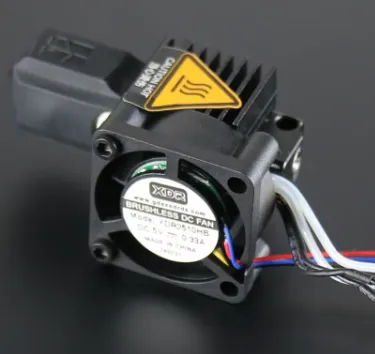
Part Cooling Fan
- This component transitions the plastic from a molten state to a solid state.
Some materials require 100% fan, while others may warp. Some may even suffer poor layer adhesion. Fan speed is material-specific.
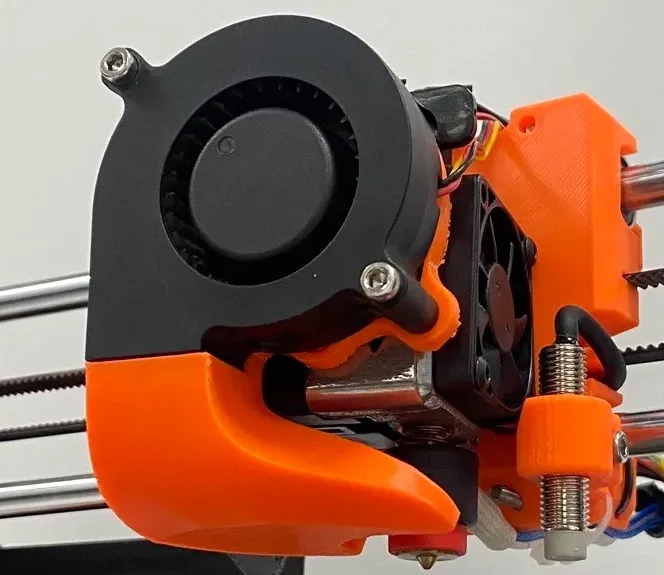
All-in-One Hotend
- All-in-one hotends have become a popular option with manufacturers. They come pre-assembled and are meant to be changed as a set of components.
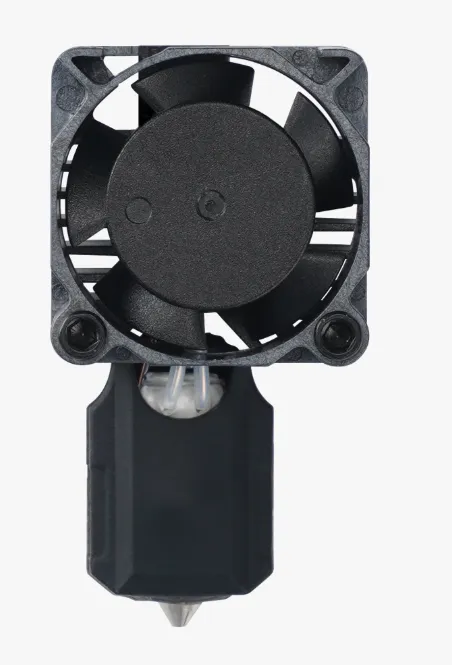
Motion Systems
Motion System Compared
| Kinematics Type | ✅ Pros | ❌ Cons |
|---|---|---|
| Cartesian (Gantry) | - Simple, independent axis motion - Easy to calibrate and maintain - Good print quality and support | - Moving motors increase mass - Slower than CoreXY - Larger footprint for bed travel |
| Prusa i3 (Bedslinger) | - Very common & affordable - Large community support - Easy to modify and upgrade | - Moving bed causes ringing at high speed - Requires more desk space (bed swings in Y) - Limited acceleration due to bed inertia |
| CoreXY | - Fast, precise XY motion - Low moving mass (motors stay fixed) - Compact cube frame - Ideal for enclosures | - Belt routing is complex - Requires accurate assembly & tuning - Harder to manually move axes |
| Hybrid CoreXY (Markforged) | - X motor is offloaded (lighter gantry) - Better than Cartesian at speed - Simpler Y motion vs full CoreXY | - Needs firmware support - Slightly complex belt setup - Limited adoption / community resources |
| IDEX (Dual Extruder) | - Clean dual-material prints - No nozzle drag or oozing - Duplication & mirror printing possible | - Expensive and complex - Tight nozzle alignment required - Reduced usable print width |
| Delta | - Extremely fast and smooth motion - Lightweight printhead - Fixed bed, good for tall prints | - Very complex math & calibration - Less accurate at bed edges - Limited multi-material support |
Extrusion Systems
Extrusion Systems
The motion system is responsible for moving the hard plastic filament from the spool to the hotend and pushing it through the nozzle to create the print.
This table compares common 3D printer extrusion systems, including Bowden, Direct Drive, Dual Hotend (Shared Carriage), IDEX, Mixing Hotend, and Tool Changer.
| Extrusion System | ✅ Pros | ❌ Cons |
|---|---|---|
| Bowden | - Lightweight printhead = faster motion - Great for CoreXY/Delta - Smooth high-speed prints (esp. PLA) | - Poor with flexibles - Retraction tuning is tricky - Increased risk of stringing/clogs |
| Direct Drive | - Excellent extrusion control - Great for flexibles and abrasive filaments - Minimal retraction issues | - Heavier carriage = slower acceleration - More moving mass/vibration - Harder to cool extruder separately |
| Dual Hotend (Shared Toolhead) | - Can use 2 different nozzles/materials - Simpler than IDEX or toolchanger - Easy to implement on Cartesian/i3 frames | - Both nozzles always move (extra weight) - Idle nozzle can ooze/string - Nozzle Z-offset must be perfect |
| IDEX (Independent Dual Extruder) | - Clean multi-material prints - Nozzle parking prevents contamination - Mirror/duplicate printing support | - Expensive & complex - Heavy frame and extra calibration - Takes up more space |
| Mixing Hotend (Cyclops/Diamond) | - Multi-material/colors from one nozzle - Lightweight toolhead - Good for color blending | - Purge waste between transitions - Cross-contamination risks - Needs precise tuning for ratios |
| Tool Changer (e.g. E3D) | - Swappable full tools (hotend, nozzle, type) - Clean transitions and modularity - Ideal for pro-grade multi-material jobs | - Mechanically complex - Costly and large - Requires advanced firmware/tool alignment |
Heated Build Plates
Heated Plate Types
- Silicone heater pads – typically DC heaters placed on the underside of an aluminum plate
- Bed leveling screws – adjust the tramming of the bed
- Heatbed thermistor – like the hotend, the heated bed thermistor ensures the bed is heating properly.
Build Plate Materials
Surface Materials
- Glass – tempered glass, often with a texture applied
- PEI – smooth and textured surface coating on a spring steel sheet
- Garolite / G10 – carbon fiber-based surface
Other Components
Auto Bed Leveling Sensor Types
- Inductive
- Microswitch
- Force / piezo sensor
